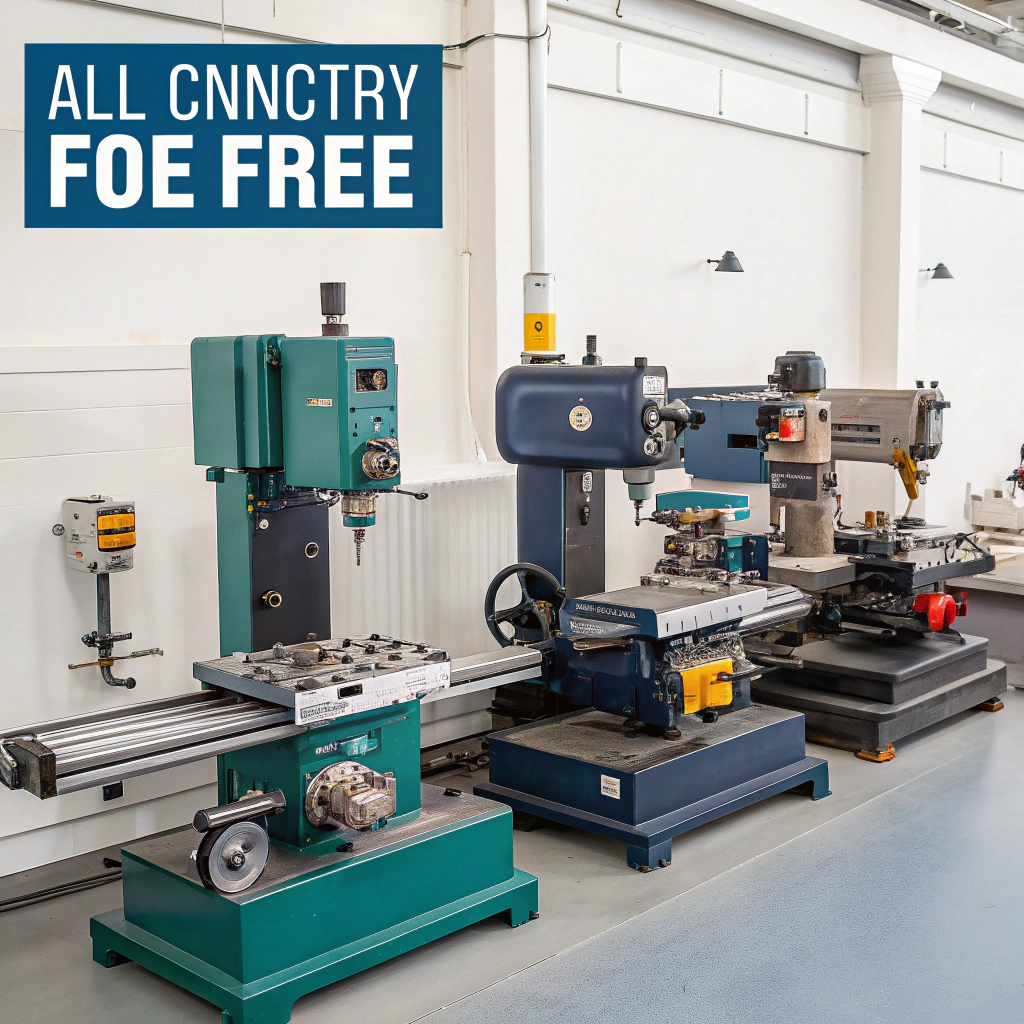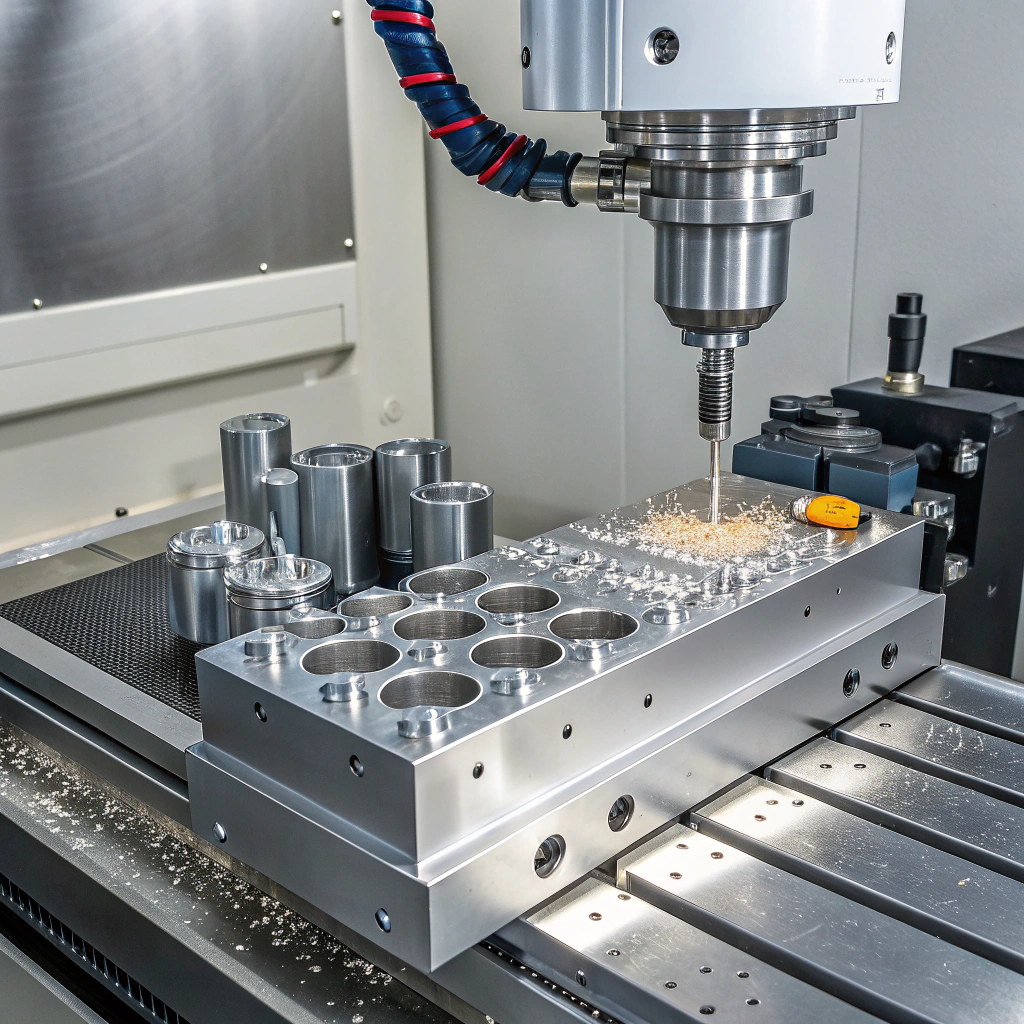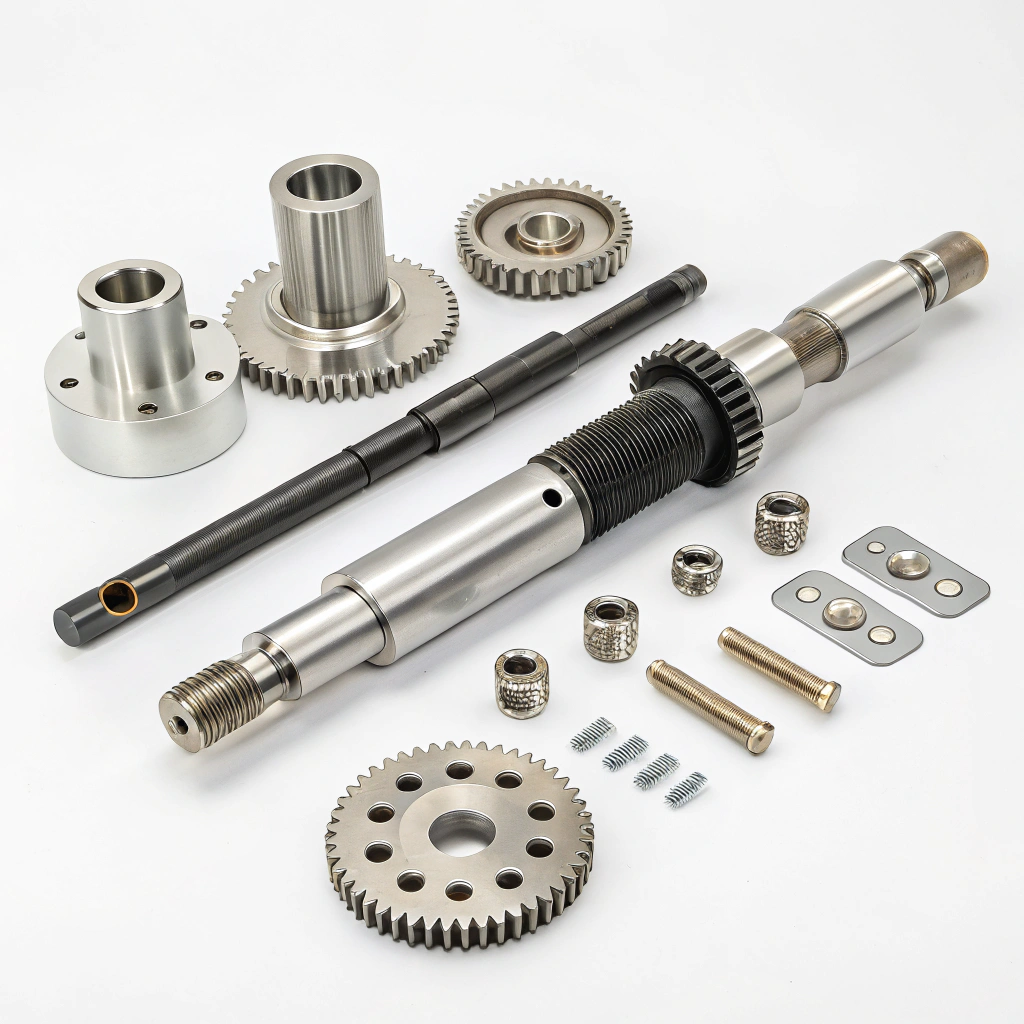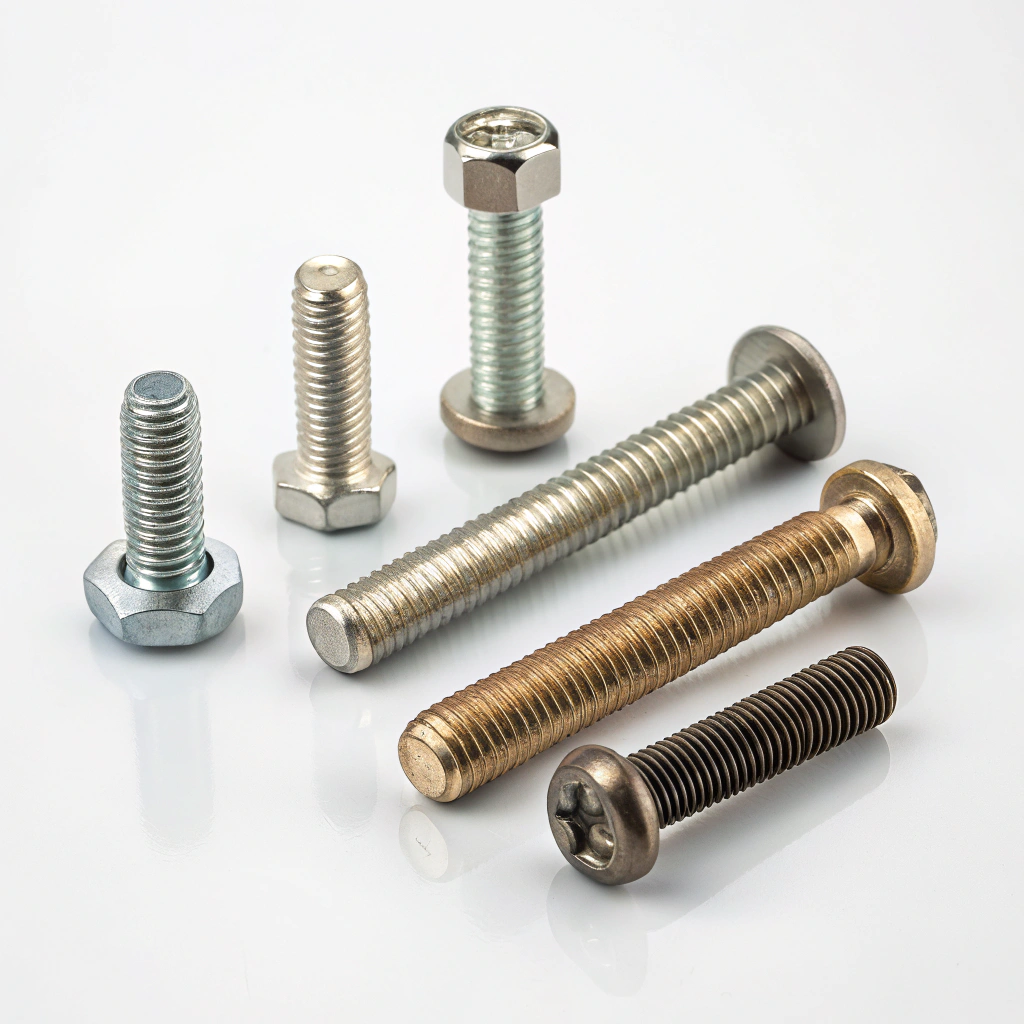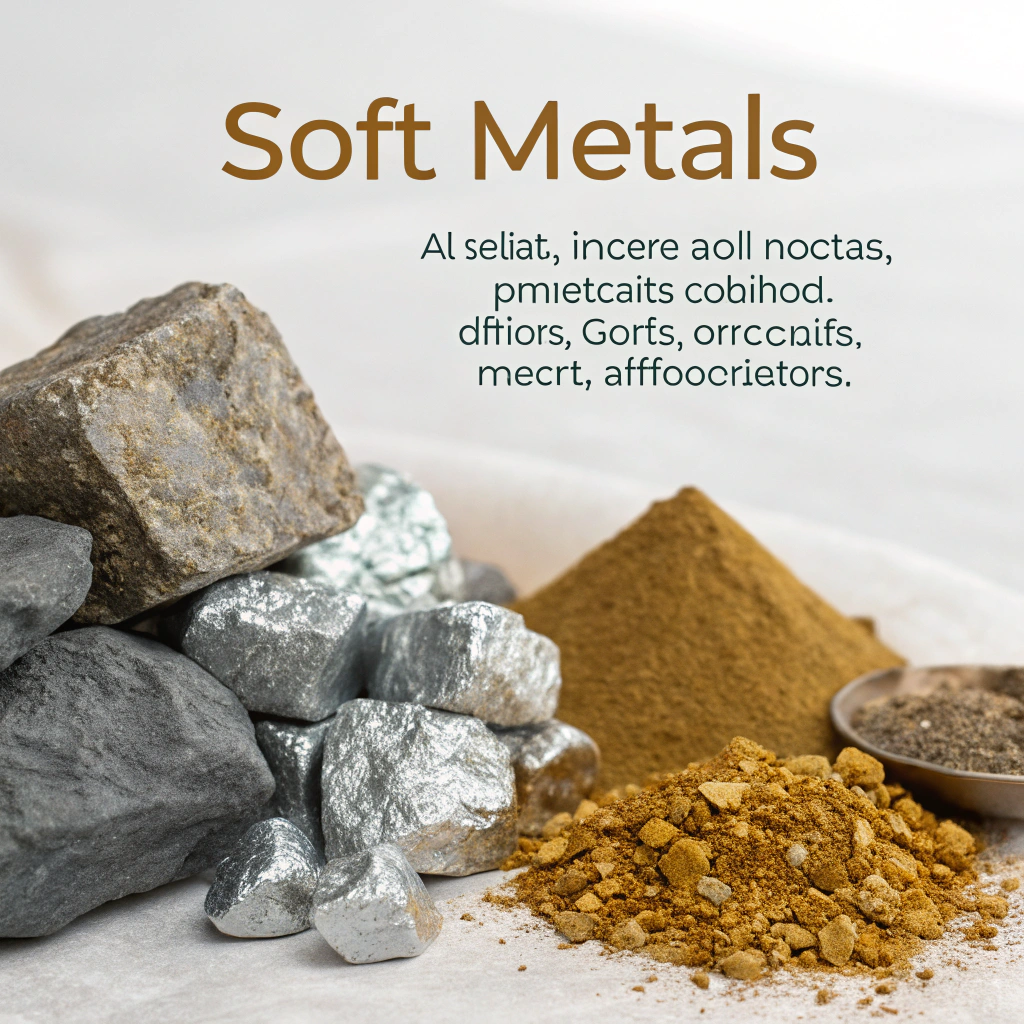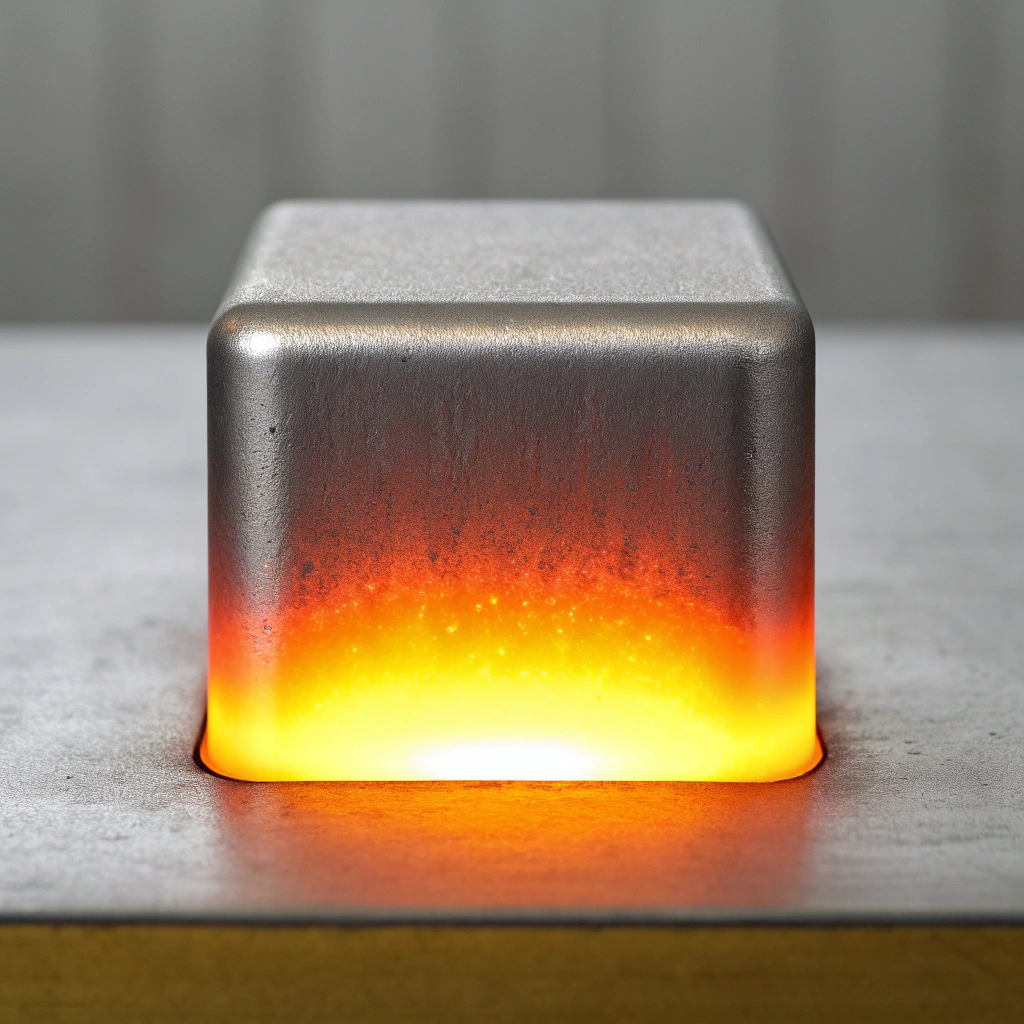
CNC aluminum milling can seem difficult at first. Chips clog, tools break, and the finish isn’t perfect. But with the right steps, it becomes smooth and consistent.
To CNC aluminum correctly, I need sharp tools, rigid setups, and the right feed and speed settings. I also have to manage chips and secure the workpiece properly.
When I first started, my aluminum parts came out scratched and noisy. Once I learned the right techniques, things improved quickly. Let's go deeper into each step.
What tools are needed to CNC aluminum?
CNC aluminum machining needs the right tools. Without proper bits, everything heats up fast, and the part warps or breaks.
For CNC aluminum, I use carbide end mills, high-speed spindles, and coolant systems to control heat and chip flow.
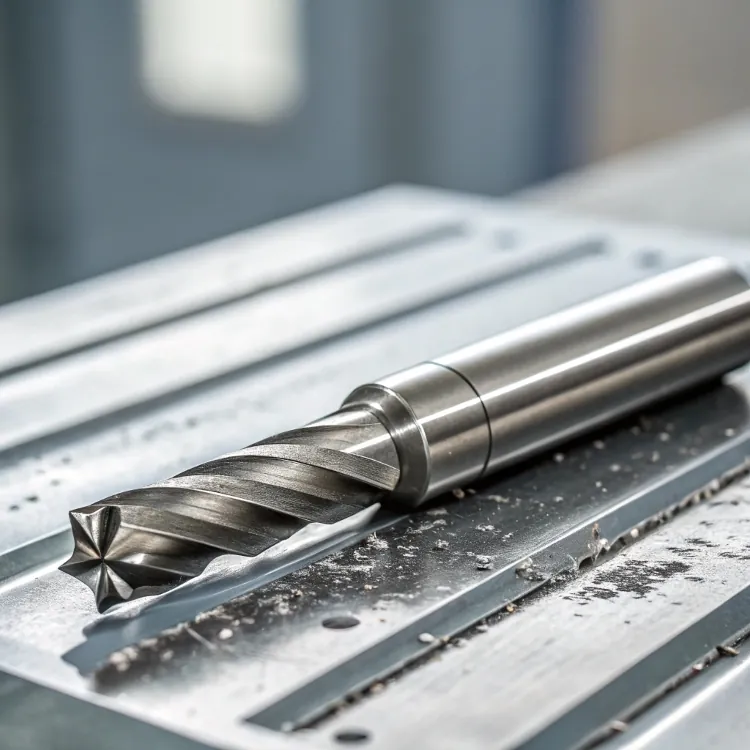
Carbide tools stay sharp longer than HSS ones. They resist heat better and cut cleaner. For roughing, I use 3-flute end mills. For finishing, 2-flute tools give a better surface.
Common Tool Types for CNC Aluminum
| Tool Type | Purpose | Notes |
|---|---|---|
| 2-Flute Carbide End Mill | Finishing | Allows more chip space |
| 3-Flute End Mill | General-purpose cutting | Good balance of strength |
| Face Mill | Surface flattening | Needs stable setup |
| Spot Drill | Accurate hole starting | Reduces tool wandering |
| Chamfer Tool | Edge finishing | Improves look and feel |
I always double-check tool sharpness. Dull cutters cause vibration, heat, and chip welding. For my jobs, I prefer tools with TiAlN or ZrN coatings. These last longer when cutting aluminum.
What are the best feed and speed settings for aluminum CNC?
Wrong feeds and speeds cause chatter, tool breakage, and bad finishes. I’ve learned to adjust them depending on the tool, machine, and aluminum grade.
Best results for aluminum CNC come with high RPM (10,000+), light depth of cut, and proper feed per tooth, usually between 0.001"–0.003".
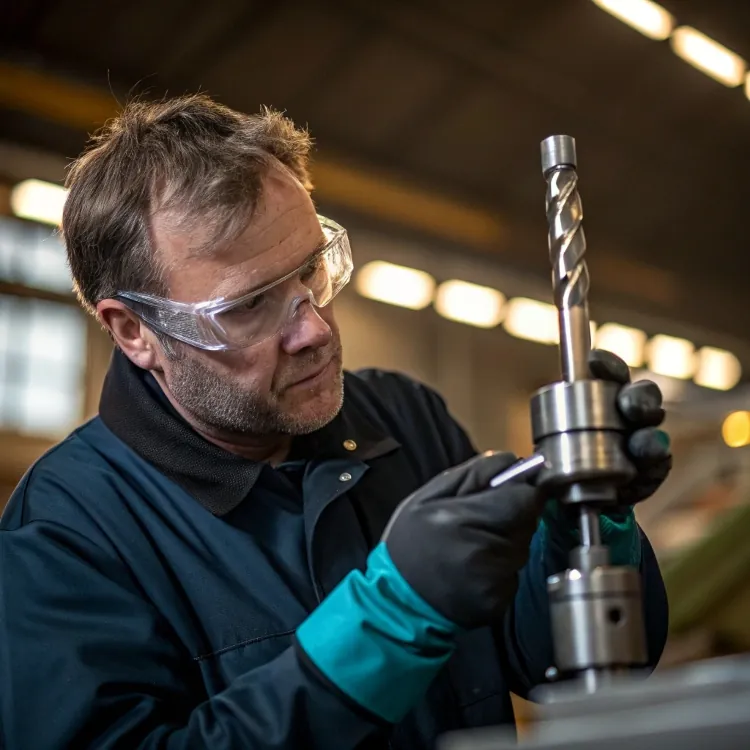
I always start by checking my end mill’s diameter and flute count. Then I use a feed/speed calculator or software.
Sample Feed & Speed Chart (for 6061 Aluminum)
| Tool Size | RPM | Feedrate (in/min) | DOC (Depth of Cut) | WOC (Width of Cut) |
|---|---|---|---|---|
| 1/8" | 12,000 | 24 | 0.02" | 0.03" |
| 1/4" | 10,000 | 40 | 0.03" | 0.06" |
| 1/2" | 8,000 | 60 | 0.05" | 0.1" |
I reduce spindle speed if I see burning or melted chips. Increasing feed helps too because it pushes the chips out quickly. I always use coolant or air blast to keep temperatures down.
How to secure aluminum workpieces on a CNC machine?
Loose parts are dangerous and lead to errors. I’ve seen parts shift mid-cut and ruin a whole job. So, I pay a lot of attention to fixturing.
I use vises, clamps, or vacuum tables depending on the part shape and size. Soft jaws or parallels help protect delicate surfaces.
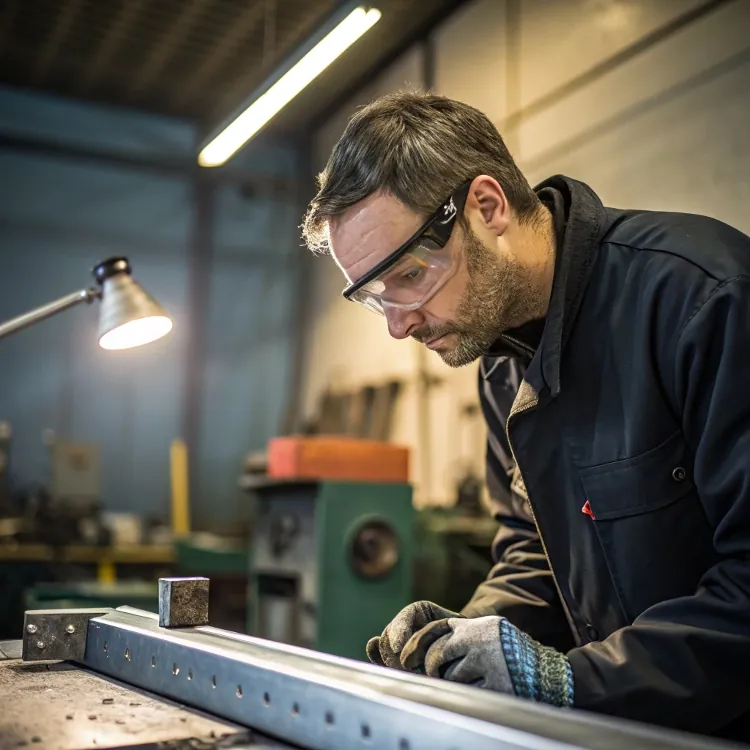
First, I check the aluminum stock. If it’s thin, I avoid clamping too hard. I use soft jaws or rubber pads. For odd shapes, I sometimes make a custom fixture or 3D print a nest.
Common Fixturing Methods
| Fixturing Type | Best For | Notes |
|---|---|---|
| Machine Vise | Small to medium parts | Add parallels for height control |
| Toe Clamps | Flat plates | Clamp on edges without cover |
| Vacuum Table | Thin sheets | Needs flat, sealed base |
| Custom Fixtures | Complex shapes | Requires time to build |
For long parts, I use extra supports to stop bending. I double-check that all clamps are tight before starting. A test run at half speed helps make sure everything holds.
How to avoid chip buildup when CNC milling aluminum?
Chip buildup is a real problem with aluminum. It sticks to the tool and can weld itself, ruining the cutter and the part.
To avoid chip buildup, I use air blast, flood coolant, high rake tools, and reduce cut depths to keep chips from packing in.

Dry cutting often causes chip welding. That’s why I use air blast or minimum quantity lubrication (MQL). It cools the cut zone and pushes chips out.
I always avoid slotting deeper than the diameter of the tool in one pass. That’s where chips get trapped. If I have to slot, I use a trochoidal path.
Tips to Prevent Chip Buildup
- Use fewer flutes (2 or 3) for better chip evacuation.
- Maintain strong air flow or coolant to clear chips.
- Avoid deep slots in one go.
- Use coated tools that reduce friction.
- Stop and clear chips manually if needed.
Also, when I hear a squealing sound, I stop immediately. It often means chips are stuck. Better safe than sorry.
Conclusion
CNC machining aluminum needs the right tools, feeds, setups, and chip control. Once these are in place, it’s smooth and repeatable.

